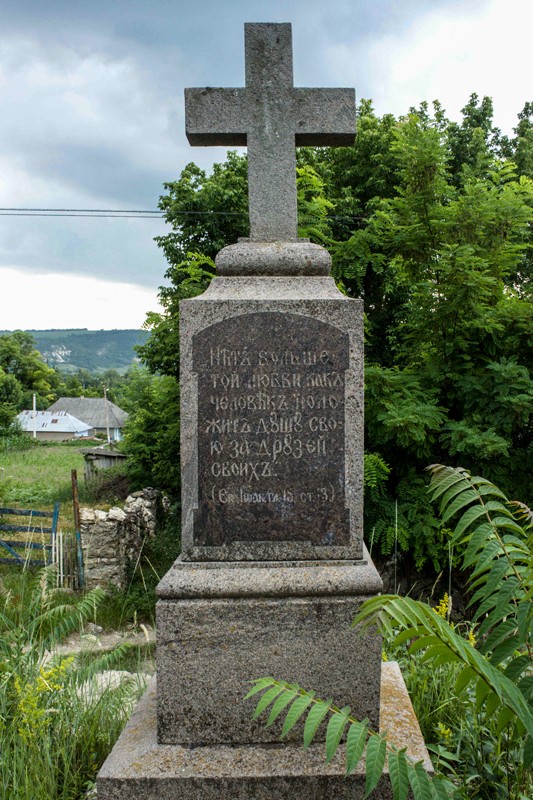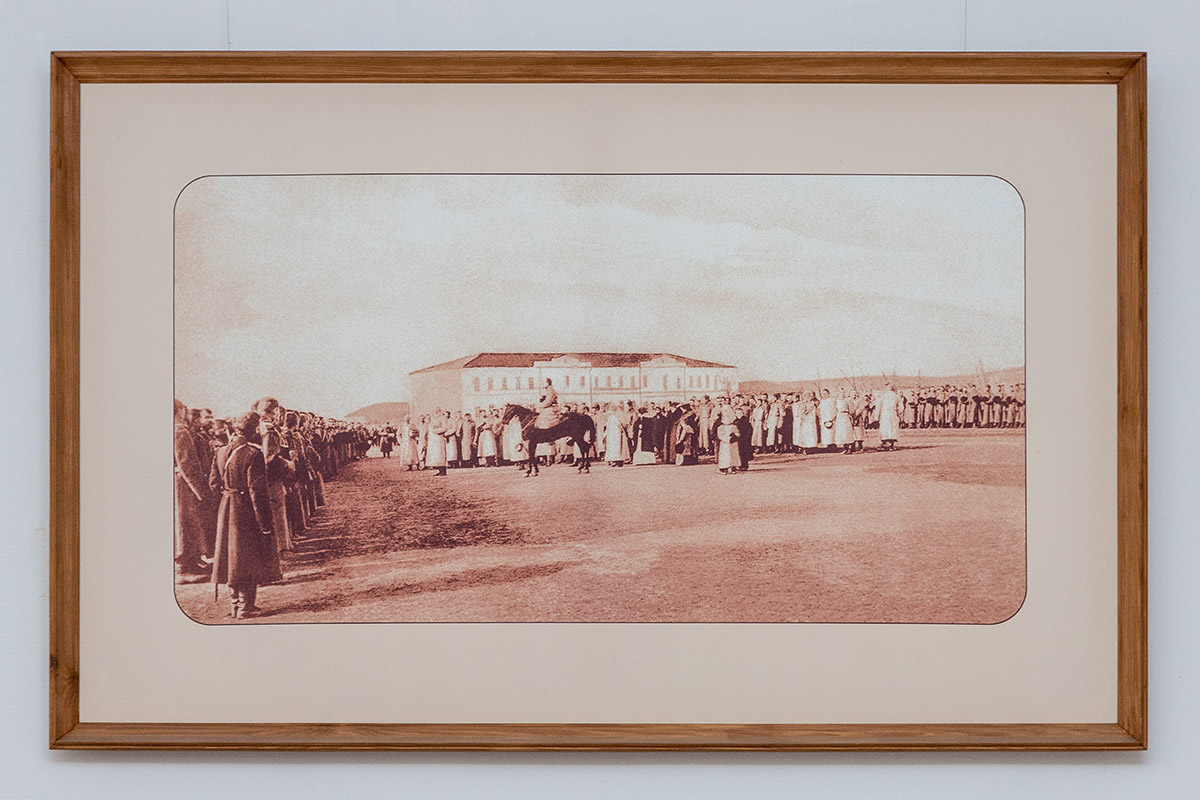For more than a hundred years now, there has been an obelisk on the border of the villages of Podoyma and Podoymitsa, dedicated to the locals who took part in the Russian-Japanese war of 1904-1905. It was opened in 1910, on the five-year anniversary of the end of the Far Eastern conflict for political and economic domination in Northeast China. This is one of the rare artifacts of the commemoration of the Russian-Japanese war in the region. The nearest monument to those killed in the Far Eastern conflict of the beginning of the 20th century is located in Belgorod-Dniester (Ukraine).
The Portsmouth Peace Treaty was signed on September 5 (August 23, under the Julian calendar) in 1905, as a result of which Russia lost military and commercial influence in the Pacific basin and was forced to cede the southern part of Sakhalin Island. No less damage was inflicted on the country during the military battles: in the Far East, more than 50 thousand Russian soldiers died, the Pacific fleet was almost completely destroyed.
At the same time, battles on land and at sea remained an example of stamina, courage and heroism for participants in this war (there were about 500 thousand of them). On the Manchuria mounds, the Zhytomyr and Podolsky regiments, stationed in Pridnestrovie, also fought in Tiraspol and Bendery.
The funds of the Tiraspol United Museum store postcards "Tiraspol of the Twentieth Century." One of them depicts soldiers and senior officers of the 55th Podolsky, 56th Zhytomyr and 8th Astrakhan Dragoon Regiments during the review in front of Emperor Nicholas II. On the same day, a prayer service was held on the parade ground at the location of the Astrakhan Regiment (now the place of deployment of the OGRF in Tiraspol). The sovereign blessed the brave warriors with the “Miraculous Image of the Lord Jesus Christ” before sending them to the Far East.
“September 27, 1904, almost the whole of Tiraspol gathered at the railway station. The 56th Zhytomyr Infantry Regiment, which was staffed before the state of wartime, was loaded into echelons to travel thousands of kilometers to Manchuria,” Alla Melnichuk, Director of the Tiraspol United Museum said.
For feats during the Russian-Japanese war, many Zhytomyr citizens were marked by high military awards. The regiment of Emperor Nikolai Alexandrovich was granted the St. George trumpets for the battle of Mukden. In another large bat - near the village of Sandepu – people from Podolsk and Zhytomyr showed unprecedented stamina and courage, but the regiment lost half of its people and almost all the officers. As a participant in the Russian-Japanese war, known as the “Red Count”, wrote about the exploits of the Zhytomyr Regiment, Aleksey Ignatiev: “Even though they didn`t win, but they did not dishonor themselves.”
A concrete obelisk with marble slabs in the old cemetery of Podoyma and Podoymitsa keeps the memory of the Pridnestrovians who, at the beginning of the last century, were halfway around the world.

“In memory of the Russian-Japanese war of 1904–1905 lower rank of Podoyma and Podoymitsa,” the inscription on marble says. There are also lines from the Gospel of John embossed skillfully in the Church Slavonic style: "There is no love stronger than when a man lays down his life for his friends."
According to the old-timers, five young men were sent to the Russian-Japanese war from Podoyma and Podoymitsa. It is known that two soldiers - Simeon Chekoltan (1882-1950) and Yakim Sokol (1885-1963) - returned home with serious injuries.
The initiative to erect the monument was made in 1907 by the relatives of the victims. Simeon Makhnenko, who lost his father in the war, and Ignat Shinkarchuk, whose brother also died in Russian-Japanese war were among them. Funds for the construction were collected by the whole village, and the obelisk was constructed by them. Natural, devoid of ideology, commemoration is an infrequent phenomenon in the history of modernity.








